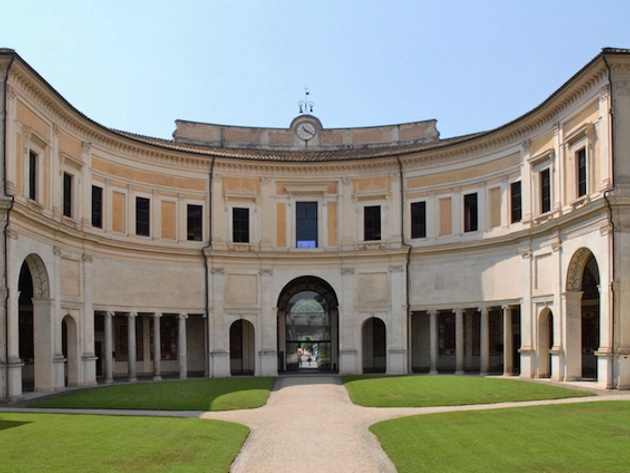
The Etruscan Spina in Villa Giulia. A large Mediterranean port exhibition opens at the Etruscan Museum of Villa Giulia. The exhibition is part of the celebrations for the Centenary of the discovery of Spina, the most important Etruscan city and Adriatic port discovered in 1922 near Comacchio. In fact, between the end of the 6th and the beginning of the 3rd century BC, Spina was one of the most important Etruscan ports in the Adriatic Sea and one of the most influential in the entire Mediterranean.
The exhibition itinerary, coordinated by the director of the Museum Valentino Nizzo, through over 700 works from Italian and foreign cultural institutes, together with objects from the permanent collections and deposits of the Museum, retraces the three centuries of history of Spina with the annex port of Pyrgi, "twin" of Spina sul Tirreno, placing them in a broader context of Etruscan history and the cultural, economic and political relationships of the cities and peoples that converged on the Tyrrhenian and Adriatic. In fact, over the span of those three centuries, Greeks, Phoenicians, Latins, Celts and other Italic peoples made up the ethnic framework of the Italian peninsula before the conquests and subsequent hegemony of Rome.
Among the unpublished loans, we remember the fragment of a tripod found in Vulci from the Acropolis of Athens with the Apotheosis of Heracles exhibited for the first time in Italy. Among the other important finds on display we point out the hydria with the myth of the metamorphosis into dolphins of the Tyrrhenian pirates which acts as the symbolic image of the exhibition, the famous Hydria Ricci, with the depiction of the sacrifice scene part of the Museum's collections, the commercial exchanges of the Etruscans with the other peoples of the Mediterranean are represented, on the other hand, by an unprecedented selection of transport amphorae from the deposits of the Villa Giulia Museum, compared with those imported to Spina.
On display also is a selection of the over 4000 funerary objects from Spina, compared with other examples in Etruria. The penultimate room is dedicated to the funeral ceremony, with insights into burial methods and rituals.
The last section, entitled "Spina, which is now just a village..." takes up the words of the Greek historian Strabone who testified, already at the time of the emperor Augustus, the slow end of Spina, which began with the arrival of Rome and the foundation of Rimini in 268 BC., and its subsequent oblivion.
Informations
Dal 10 novembre 2023 al 7 aprile 2024
dal martedì alla domenica 08.30 - 19.30 (chiusura sale ore 19.00)
ultimo ingresso ore 18.30
Chiuso il 25 dicembre e il 1°gennaio
 Condividi
Condividi












































